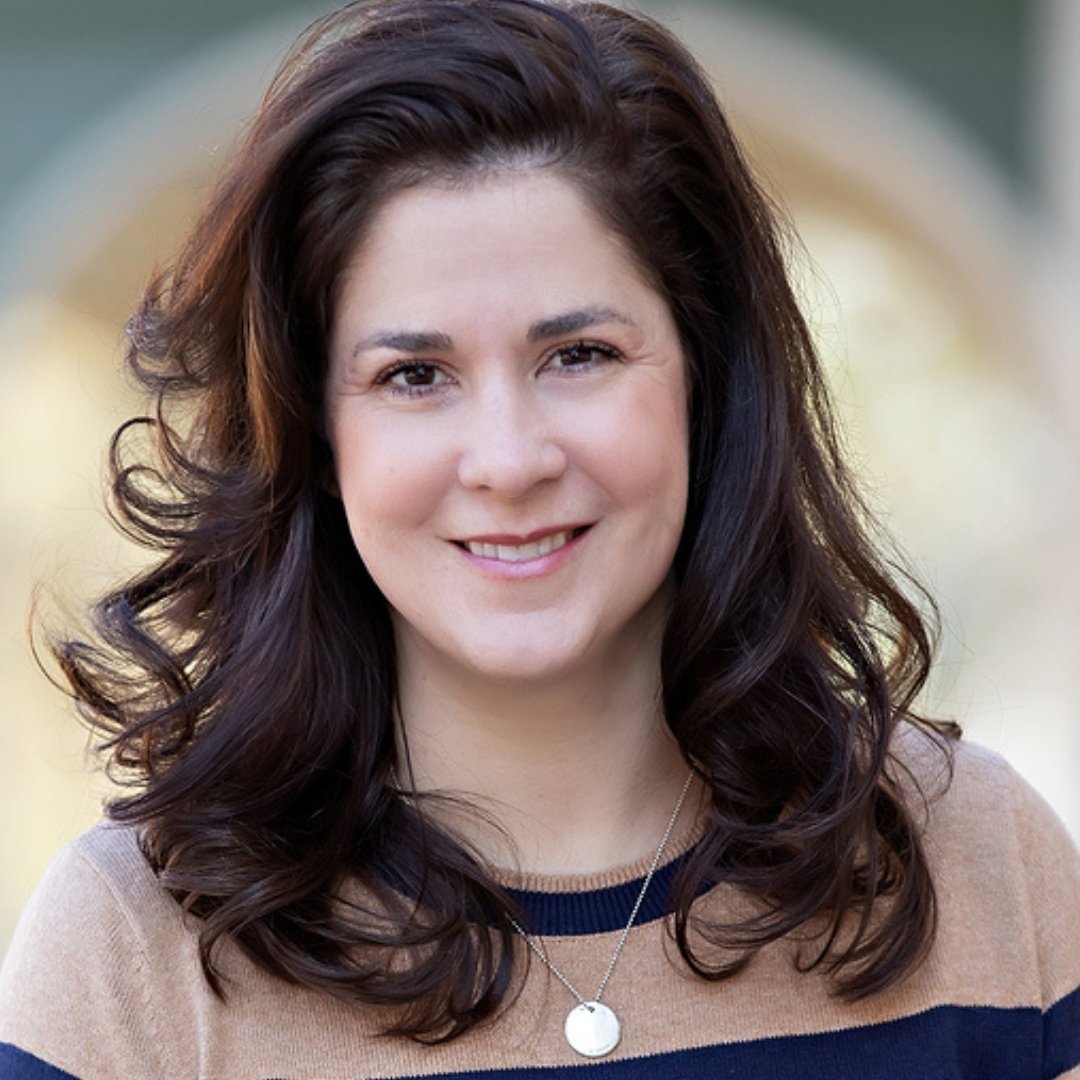Do You Know About These VA Loan Changes?
Plenty of military members are buying real estate and making plans for the future. And while mortgage rates very appealing right now, affordability in general can still be a deterrent from buying.
To remain in the home buying game, veterans usually first consider using the VA loan benefit they are entitled to. Favorable interest rates and the lack of a required down payment are two of the major reasons veterans choose this type of home financing.
Over the last two years, the VA made significant changes in policy that have increased the opportunity for military home buyers to achieve their home goals. In 2018, the VA introduced a rehab loan specifically designed to open up the possibilities of buying a home in need of repairs. Then this year, the VA increased their guarantees to encompass a more realistic view of what real estate actually costs across the country.

VA Loan Changes Military Home Buyers Should Know About
2018 VA Loan for Alterations and Repair
The VA Renovation loan, also referred to as the VA Rehabilitation loan, allows service members to buy a house that is in need of repairs. Fostered from the lack of affordable, move-in ready houses, the VA now offers the chance for a veteran to update the property and meet the VA’s Minimum Property Requirements (MPR).
Previously, a traditional VA loan mandated that the MPRs had to be in place before the purchase could go through. With the availability of the VA rehab loan, the service member now has the opportunity to find a cost effective fixer-upper and use their benefit to finance the improvements.
Several years of a tight inventory coupled with an overabundance of older housing in need of substantial updates prompted the VA to step in and offer this type of loan option. Although the VA is providing assistance to improve older homes, there are guidelines to be met with the supervision of the VA along the way.
An Overview of the VA Rehabilitation Guidelines and Process
For clarification, the VA rehab loan is different than a VA supplemental loan, which is also often considered to finance improvements. The VA rehab loan is separate from the original purchase loan, but they are bundled together to produce one mortgage rate and one monthly payment.
- In order to pay for the repairs, service members are required to apply either for a VA purchase, or VA Cash Out refinance. Current VA loan homeowners are also eligible to apply for the rehab loan to make repairs.
- MPRs have to be implemented with the loan funding. These only include improvements on energy efficiency, the foundation, the roof, flooring, electrical and plumbing, HVAC system, and the removal of lead paint.
- Approval for the VA rehab loan hinges on the plans for renovations. Details of the project are required, as are the specifics of the contractor/builder.
- Renovation costs do not have minimum or maximum amount parameters for rehab funding. Lenders decide the amount they will approve, and their guidelines vary.
- Contractors and builders have to be registered with the VA to perform improvements.
- In effort to certify the home repairs stay on track and maintain the value of the property, the lender is in charge of managing the oversight of the projects.
- A rehab loan necessitates that a Notice of Value (NOV) be calculated by a VA appraiser. A NOV determines which is less--the acquisition cost, or the as completed value. If the NOV is lower than the acquisition cost, that amount is used toward the loan and the buyer will have to supply the remaining money. If the NOV is greater, the acquisition cost may be used to apply for the loan.
- A VA inspector will verify that the improvements performed meet the VA standards.
Changes to the VA Loan Limits in 2019
There’s more upcoming good news for home buyers. The VA made changes in their loan guarantee limits, which will certainly be helpful for those who've been previously priced out of a boisterous seller’s market. The first were enacted in 2019, and the newly-signed-into-law changes start on January 1, 2020.
Guarantee limits do not restrict the amount of money you can borrow to buy a home, but act as a limit on how much the VA is legally allowed to guarantee without a down payment.
Here’s a quick overview of the changes for 2019:
- The VA offered a general increase of about $30,000 for a large portion of the country, but not all regions have the same limits.
- The maximum guarantee for a single family home is $484,350 in most counties. This number varies by the number of units (up to four) in the home.
- The pricey regions of the country have guarantee limits that reaches $726,525 for a single family home.
To review the exact numbers produced by the changes, the federal government provides the chart Fannie Mae and Freddie Mac Maximum Loan Limits for Mortgages for reference (the VA uses the same numbers). The chart describes loan limits in your area, breaking states down by county.
VA Loan Changes Beyond January 1, 2020
The Blue Water Navy Vietnam Veterans Act was established to offer more care and benefits to Vietnam Veterans who served off the shores of Vietnam and suffer from war related illness. They are known as “Blue Water” Veterans.
Part of this new legislation removes the guarantee loan limits on mortgages calculated by Freddie Mac. In 2020, the VA will make the maximum guarantee of 25% of the loan amount. No down payment is needed for home purchases beyond $484,350.
Here’s more of what the new legislation brings.
- Most who choose a VA loan will pay higher funding fees. For those active duty who qualify for zero down payment, the funding fee increases from 2.15% to 2.3% for a first-time loan. Loans thereafter have a funding fee raised from 3.3% to 3.6%.
- For those who prefer to pay a 5% or 10% down payment, there are changes scheduled to adjust the amount of their funding fee.
- Veteran reservists receive a reduction in first time funding fees from 2.4% to 2.3%. However, the fee increases from 3.3% to 3.6% for loans that follow.
- The loan limit for the Native American Direct Loan Program is removed and Purple Heart recipients will not pay a funding fee.
As of now, the higher fees are to stay until January 1, 2022, then revert back, but this could change as the details of the legislation are hammered out.
Worth noting: whether applying for a traditional VA loan or VA renovation loan, buyers often run into trouble connecting with lenders who offer the program and/or have professionals who are familiar working with government in this way. Using referrals from trusted friends and family is a smart first step, but these loans require expertise. Interview multiple lenders to get a feel for how comfortable they are with the entire loan process to ensure your very best outcome.





